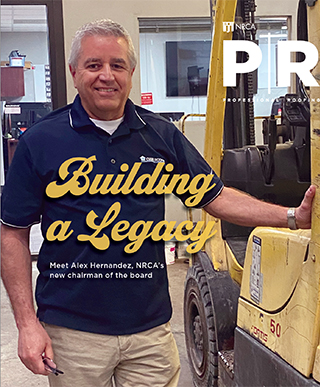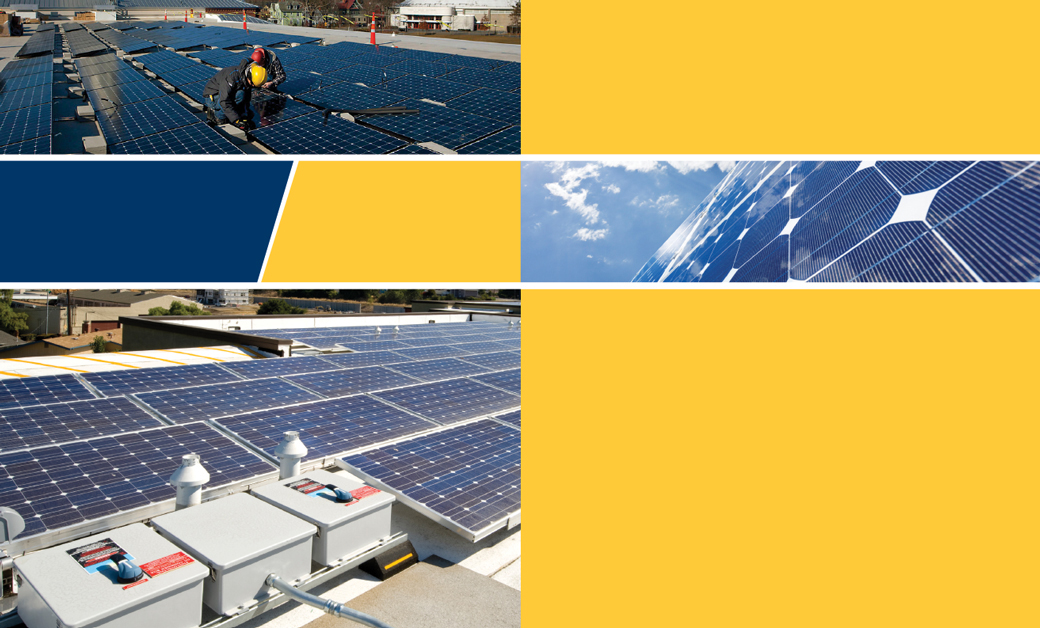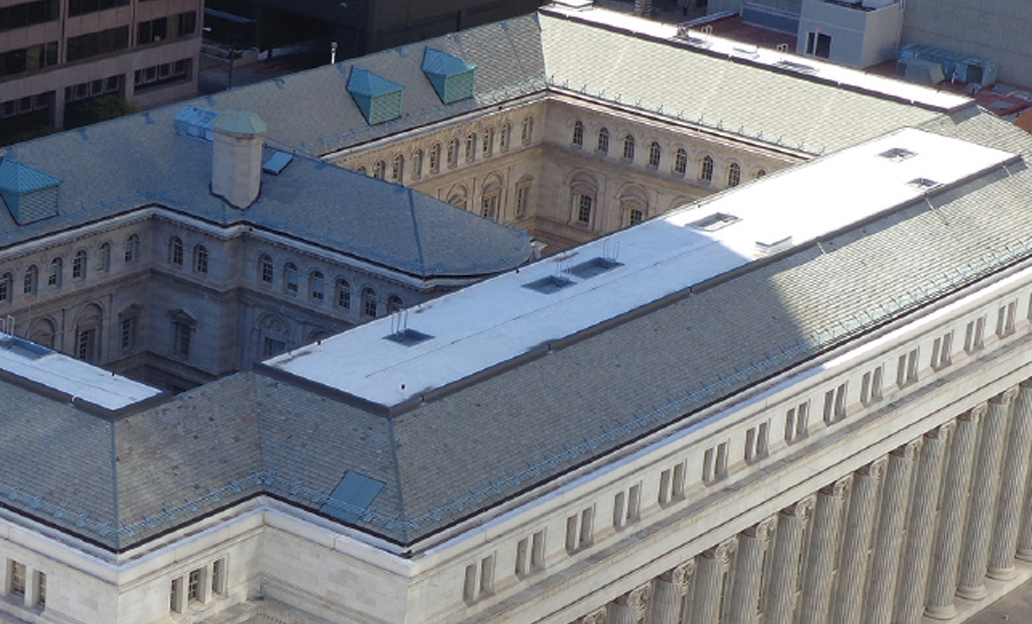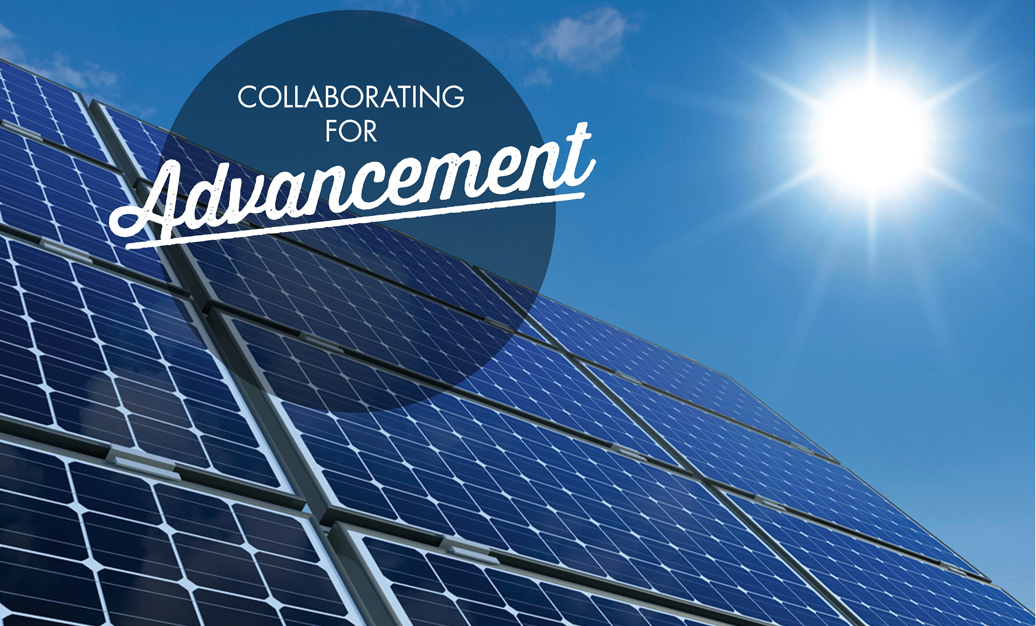Eyewear offers comfort
Gateway Safety has introduced its Parallax™ safety eyewear for improved comfort and protection.
The eyewear's rigid top component provides stability, and the lower component is made from a flexible polymer, minimizing pressure behind the ears. Parallax has a large, wraparound lens for protective coverage; an integrated brow guard to protect from falling debris; and a soft gel nosepiece to ensure glasses remain in place.
Website: www.gatewaysafety.com
Telephone: (800) 822-5347
Quiz helps make color decisions
Owens Corning has made available its Color Compass Quiz® to help homeowners choose a new roof color. Users can answer a few brief questions and find colors from 28 custom-designed palettes.
Website: www.owenscorning.com
Telephone: (800) 438-7465
Self-retracting device reduces twisting
FallTech has introduced its DuraTech 10' Web Self-retracting Device featuring a swiveling aluminum eye to reduce twisting.
The device is available with various steel or lightweight aluminum connectors and also features glass-reinforced polycarbonate housing; abrasion-resistant webbing; and a fast-activating inertial brake system. It reportedly is lightweight and durable with a high-performance main spring, integral Visual Load Impact indicator and impact resistance over molded side walls.
Website: www.falltech.com
Telephone: (800) 719-4619
Truck step improves cab access
Buyers Products Co. has introduced its new Die Cast Aluminum Truck Step, an alternative to running boards and nerf bars, featuring a 3-inch drop for improved cab access.
The truck step is 14 inches wide by 5 inches deep and is available in die-cast, black powder-coated aluminum for corrosion protection. It is reversible to fit driver and passenger sides and includes mounting hardware.
Website: www.buyersproducts.com
Telephone: (440) 974-8888
Restoration systems offer simplicity
The Garland Co. Inc. has released its Revitalizer™ restoration system designed to restore the wearing surfaces of smooth or mineral asphalt and metal roofs.
The multipurpose, asphaltic, liquid waterproofing membranes reportedly are cost-effective, easy to apply and adhere to various roof coatings, providing an additional 80 to 112 wet mils of waterproofing protection to help extend a roof system's life.
The cold-process restoration system also offers low odor; provides fast and simple installation by eliminating the need for kettles and bulky rooftop equipment; conforms to surface irregularities; and accommodates building movement without leaking, cracking, blistering or ridging.
Website: www.garlandco.com
Telephone: (800) 321-9336
NRCA introduces new products
NRCA has introduced the first two modules of Design Essentials for Roof Performance, an online training program that offers an easy, affordable way to learn about designing for optimal roof system performance. The program explains the issues to consider when determining which roof systems or components are best for a building type, location and building owner's requirements. Design Essentials for Roof Performance eventually will consist of more than 20 modules that address various low- and steep-slope roof systems and related topics. The first two modules are Introduction to Codes and Code Provisions for Roofing; the modules explain what codes are, how they are developed and enforced, and how they affect roofing work.
NRCA also has released NRCA Guidelines for Condensation and Air Leakage Control, which provides comprehensive information about the fundamentals of condensation and air leakage, as well as vapor and air retarders for low- and steep-slope roof systems. It addresses design considerations for vapor retarder placement, attic ventilation and applicable building code requirements. The publication contains all the information regarding condensation and air leakage control from The NRCA Roofing Manual: Architectural Metal Flashing, Condensation and Air Leakage Control, and Reroofing—2014.
In addition, NRCA has released LEED v4: Roofing-related Provisions, a guide to help roofing professionals who want to become familiar with the roofing-related provisions of the most-recognized sustainable building rating system, the LEED® Rating System, Version 4. The guide contains background information, descriptions of possible roofing-related credits and prerequisites for rating systems for the Building Design and Construction and the Building Operations and Maintenance categories.
NRCA also has various webinars planned for the remainder of 2014, including the following: What to Look for in a Construction Contract and How to Change It Oct. 16; Economic Update Nov. 20; and Technical Roofing Industry Update Dec. 18. The webinars are free for members.
For more information, visit shop.nrca.net or contact NRCA's Customer Service Department at (866) ASK-NRCA (275-6722) or info@nrca.net.



